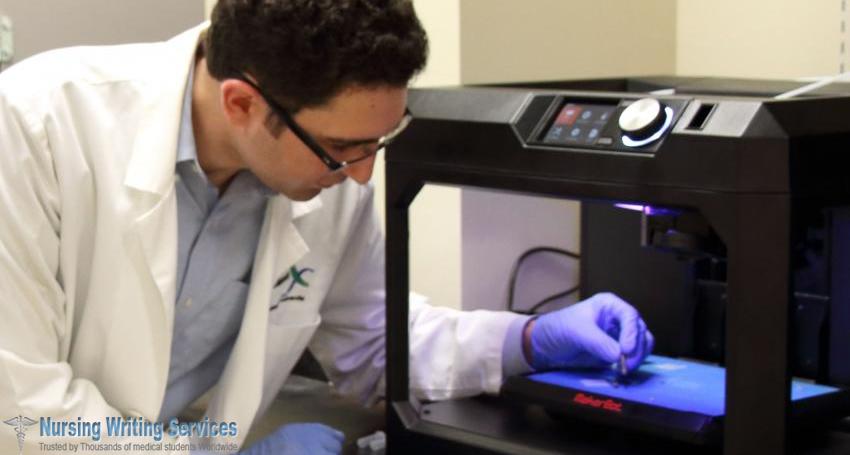
Medical Applications of 3D Printing
3 D involves taking a digital blueprint or model of a subject that is printed in layers of appropriate material for creating another version of the subject.
It has many functions, and the medical field has become one of the main applications. It is essential in helping to speed up surgical procedures, human organ transplants and producing cheaper versions of vital surgical tools. 3D printing or additive manufacturing started in the 1980s.
This is how 3D printing technology helps in medicine.
1. Bioprinting tissues and organoids
In the medical device field, 3D printing applies in bioprinting. Bioprinters use a computer-guided pipette rather than printing using metal or plastic to layer living cells (bio-ink) atop each other to create an artificial living tissue in a lab. These tissue organoids or constructs are valuable for medical research because they mimic organs miniature scale. Trials are still on-going to use organoids as the cheaper alternatives to the human organ transplants.
A US-based medical lab and research company is experimenting with a printing intestinal tissue and liver to assist with studying organs in the vitro and with drug development for some diseases. The company has even presented pre-clinical data for the functionality of liver tissue in the program for a condition that impedes the ability of the body to metabolize amino acid tyrosine because of an enzyme deficiency. The disease is calledtype 1 tyrosinemia.
ALSO READ:CUSTOM NURSING WRITING SERVICE
2.Tissue engineering
A new significant technological breakthrough can ride on 3D printing technology to eliminate the needs for human organ transplants. Printing in 3D works by 'telling, a computer to apply layer upon layer of particular materials (mostly metal powders or plastic) to mold them into one layer a time till building of a final product such as scoliosis brace or sunglasses. Medical technology now harnesses this skill to build tiny organs (organoids) using a similar technique but to use stem cells as a production material. The newly build organoids will in future have a capacity to grow in the body of a sick person and take over the functions of a failing organic organ such as a liver or kidney.
3. 3D-printed skin for burn victims
The technological breakthrough in 3D printing might sound unbelievable, but it is particularly immense. Burn victims for many years had limited options for healing a disfigured skin. Skin grafts are painful, and they produce terrible aesthetics, so hydrotherapy solutions provide limited results. Researchers in Spain have now taken to using 3D printing layer –upon-layer approach to developing a bioprinter prototype for producing human skin. Researchers printed about 100 square centimeters of the human skin while working with biological ink in approximately half an hour. This technology has brought endless life-changing implications for the burn victims.
4. Customizing Prosthetics
Production of customized prosthetic limbs to suit and fit the wearer isnot possible with 3D printing. It has been common for amputees to wait for many weeks or months before they receive prosthetics through a traditional procedure. The use of 3D printing i9nmedicine speeds up this process and creates products that are much cheaper but still offer patients the same functionality as the conventional prosthetics. The lower price point of these products makes their application also to suit children who quickly outgrow prosthetic limbs and require larger replacements. 3D printing also allows the design of prosthetics that directly correspond to the needs of a patient. For instance, some designers create a system allowing patients to model prosthetic on their limbs. Scanning enables them to create a fit that is more natural. Researchers are utilizing 3D printing to design prosthetic sockets that are more comfortable.
5. Printing of surgical instruments
It is now simpler to produce sterile surgical instruments such as scalpel handles, forceps, hemostats and clamps with 3D printers.It helps to create customized tools such as those used in origami, an ancient Japanese practice. 3D printing allows making or precise and tiny instruments that surgeons can use to operate on the small areas without unnecessary damage to the adjacent patient. A significant benefit of producing a surgical instrument with 3D printing is that it lowers the cost of production.The medical world will benefit much from 3D printing because it allows precision, speed and a slash in production cost of organs, devices as well as treatment.

